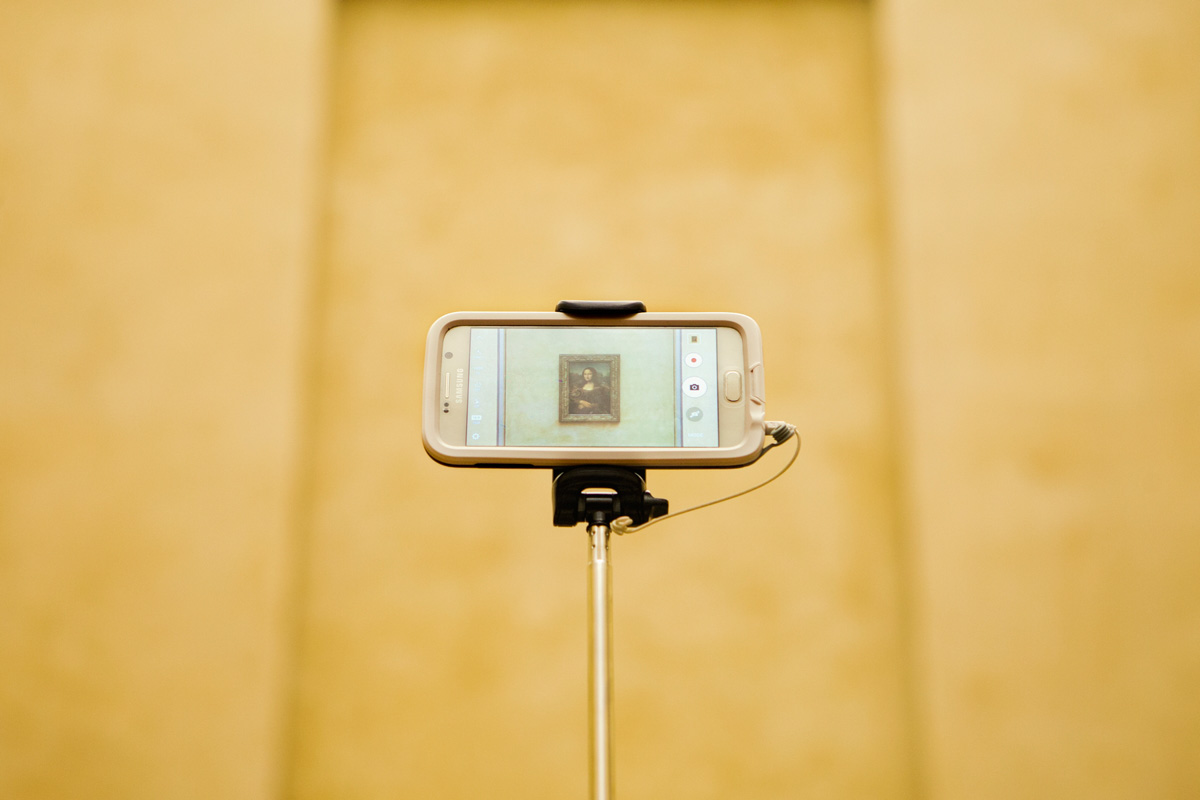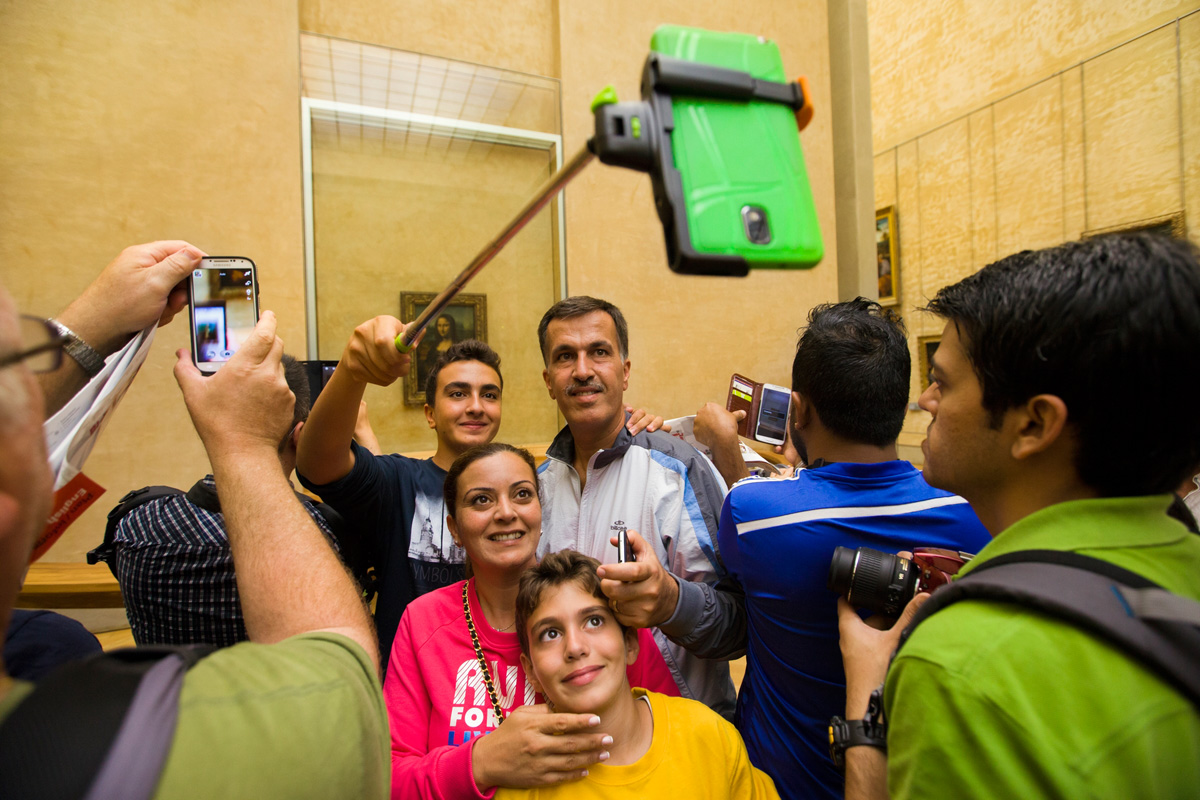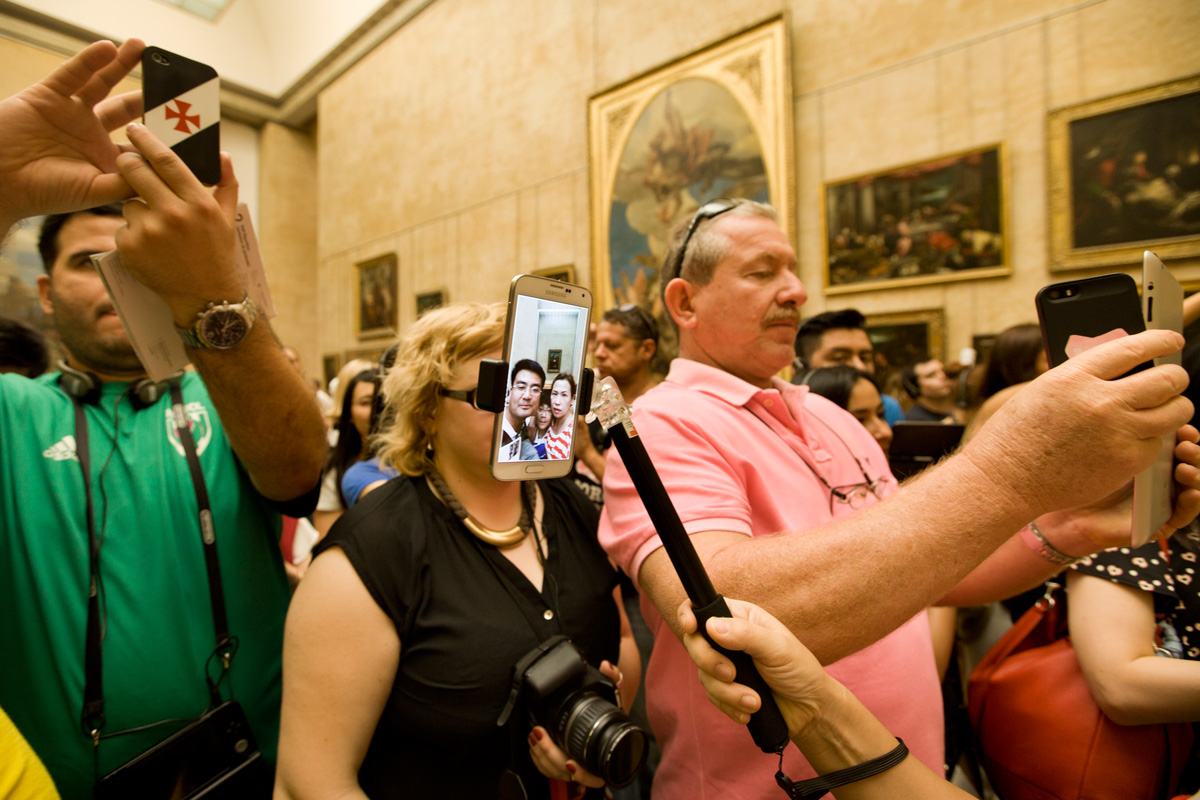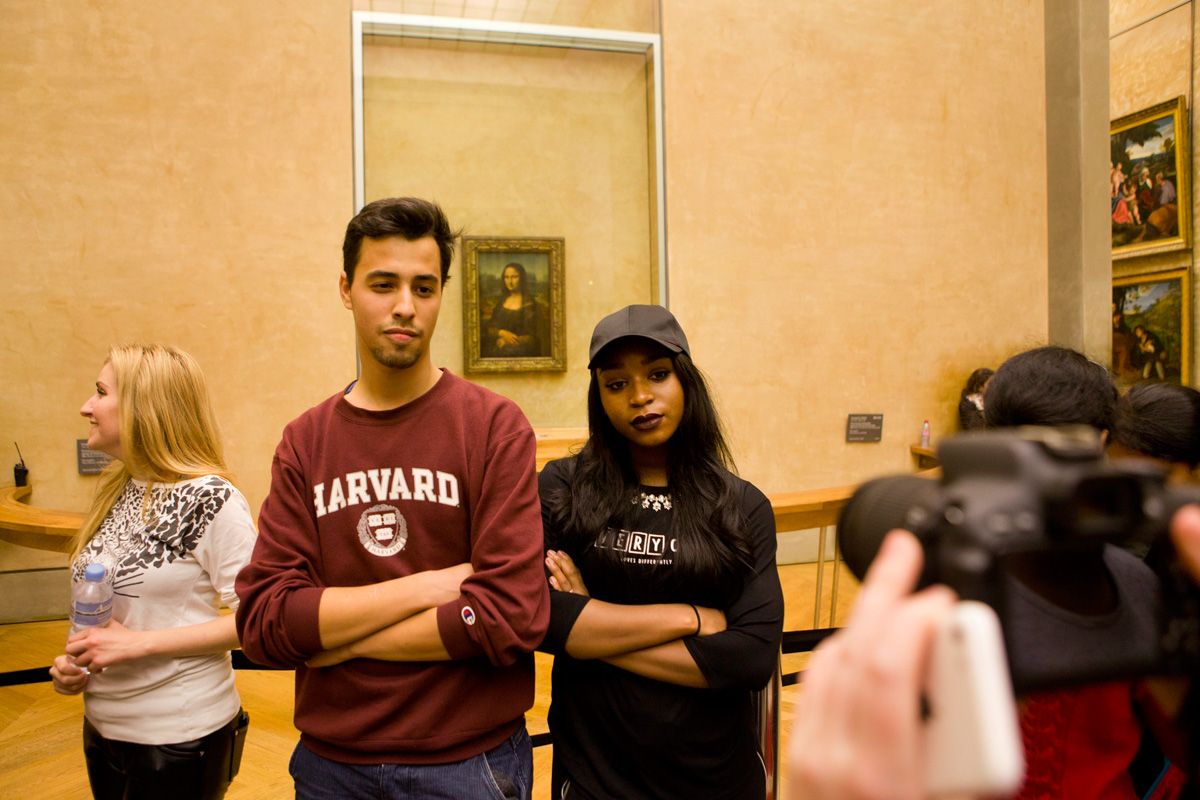Nikola Mihov (BG) | Solo Exhibition
Curation: Nadezhda Pavlova
With the support of the French Institute in Bulgaria
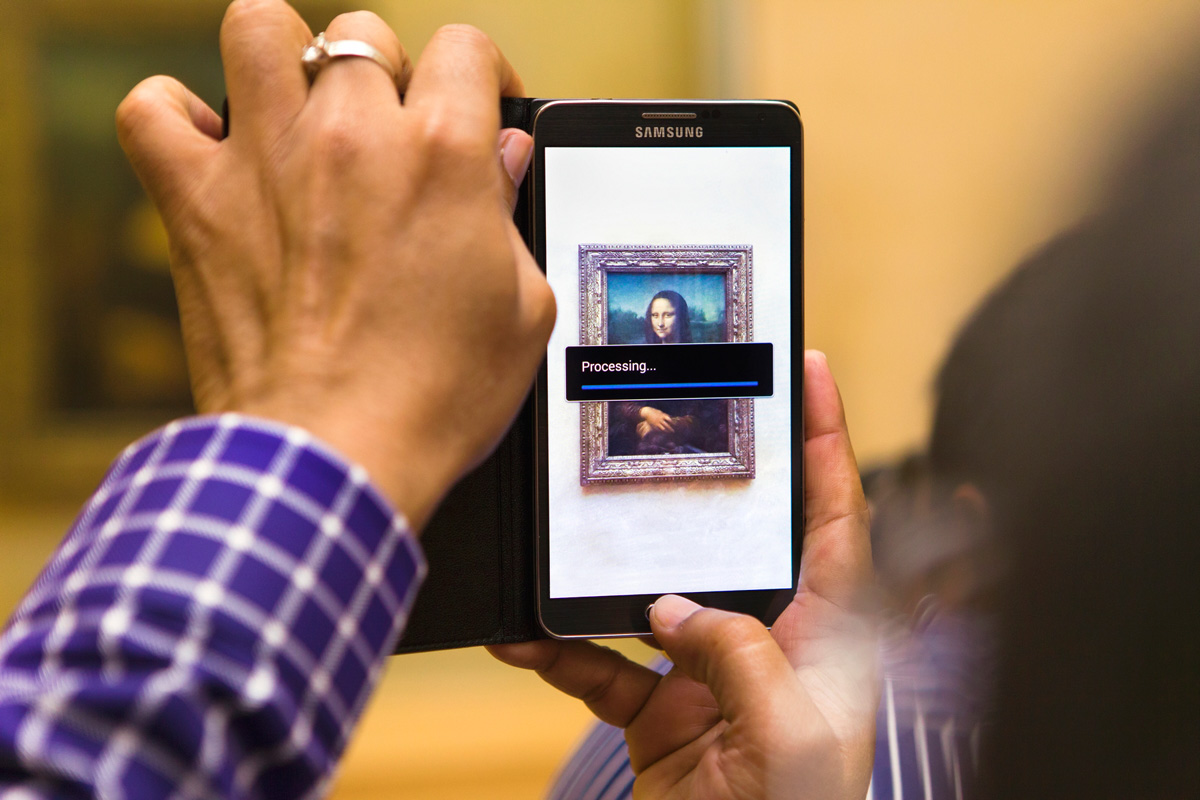
Gallery
Nikola Mihov (BG)
Nikola Mihov was born in Sofia in 1982. His works have been presented internationally in various exhibitions and festivals, including Les Rencontres d'Arles, La Nuit de la Photo in La Chaux-de-Fonds, and The Festival of Young European Photography Circulation(s) in Paris. He has received the Award of the Union of Bulgarian journalists and been nominated for “The Zooms” award of the Salon de la Photo in Paris. His first photobook, Forget Your Past (2012), has been listed among the best photobooks of the year by The British Journal of Photography, been reviewed in FOAM magazine and been nominated for the Deutsche Börse Photography Prize. His second book, Hello and Welcome to Paris (2016), was shortlisted for the 2016 Kassel Dummy Award at the PhotobookFestival in Kassel. Nikola is a co-founder of the platform for the contemporary Bulgarian photography Bulgarian Photography Now and served as a guest curator of the first edition of the Sofia Art Book Fair in 2017.
Information
- Duration: 27/09 – 22/11/2018
- Opening hours: Thursday 10:00-22:00, Friday 10:00-19:00, Saturday 10:00-18:00, Sunday 11:00-15:00
- Opening: 27/09/2018, 20:30
- Venue: Macedonian Museum of Contemporary Art
The series “Processing...” examines the connection between audience and artwork. The visitor becomes the central subject matter and the artwork a mere stage setting. Today, the selfie game is a binding protocol that generates stacks of photos. In these, the focus is no longer fixed on the object of observation, but rather on the subject taking the picture. Photography serves as evidence that this object exists, simply because a certain person was there.
The project examines the Mona Lisa as the most recognisable icon of modern culture, a product of mass consumption and a place of worship that attracts million of visitors per year. Over the last four years, Nikola Mihov has spent 138 hours in total in front of the Mona Lisa, mingling in the motley crowd coming from all over the world.
“The atmosphere reminds of a rock concert. La Gioconda ‘assumes’ the role of the star and the tourists are the fans who pack the hall. If you want to see her closely, you have to dive into the crowd in the hope that the wave of bodies will take you to the foremost place. The crowd is packed together –much to the delight of pickpockets–, it is difficult to breathe, duels are fought using selfie sticks, and the guards are ready to come to the aid of the fainting with excitement tourists”, the author says.
As an ironic gesture to the commercialisation of La Gioconda, Mihov deconstructs the photographs of the project into mementos and souvenirs. The project is accompanied by a photobook published in a limited edition of 300 copies by Innocences in partnership with L ' Institut Français de Bulgarie.
--------------------------------------------------------------------------------------
The painting The Wedding Feast at Canaby Paolo Veronese was created in the middle of the 16th century, commissioned by the Order of Saint Benedict for the refectory of the San Giorgio Monastery on the eponymous island in Venice. It takes up a total area of 67m² and depicts a fictional palace with about 130 guests, comprising portraits of various Venetian rulers, of the most famous contemporaries of Veronese as well as of the artist himself and his friends: Titian, Tintoretto, and Bassano. The fame of this painting was exceptional: in the middle of the 18th century, the figures on the canvas were so oſten reproduced that every art lover easily recognised them.
Why am I telling all this? Because ever since 20 August 1911, everything has changed. On that date, the Mona Lisa was stolen from the Louvre and, coincidentally, The Wedding Feast at Cana was installed just opposite it. Since the triumphant return of the portrait to the museum, in the winter of 1913, Veronese's canvas has become a mere background scene, a wallpaper… This is the most disregarded painting in the history of humanity: everyone, of course, is gazing at the Mona Lisa.
The most famous Venetians, the most respected artists, the most powerful rulers of the Republic -all the figures in the Veronese painting remain invisible in front of the Florentine housewife. Their lavish robes do not stand out because the visitors’ eyes are fixed on the dark garment, resembling a monastic robe, which Mona Lisa is wearing.
When the thief, 33-year-old Francesco Perugia, stood before the court, the last question of the judge conducting the trial was: “Why did you steal the Gioconda?”. Certainly, this question was meant for the audience, the journalists -the Perugia trial had become a media carnival. But the thief was a simple carpenter, a petty swindler, who uttered words no one seemed to listen to; no one did at the trial, and no one does today. Perugia’s reply was: “I stole the Mona Lisa because it was the smallest picture in the room, the only one that would fit in my briefcase…”.
Liza Boeva Art critic and director of the film Mona Lisa’s Summer




